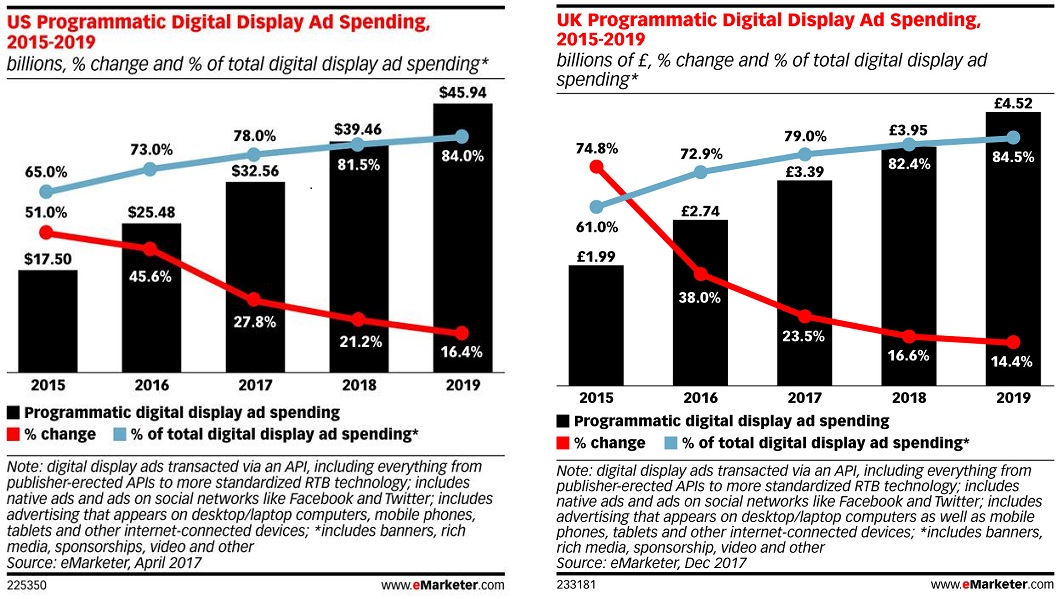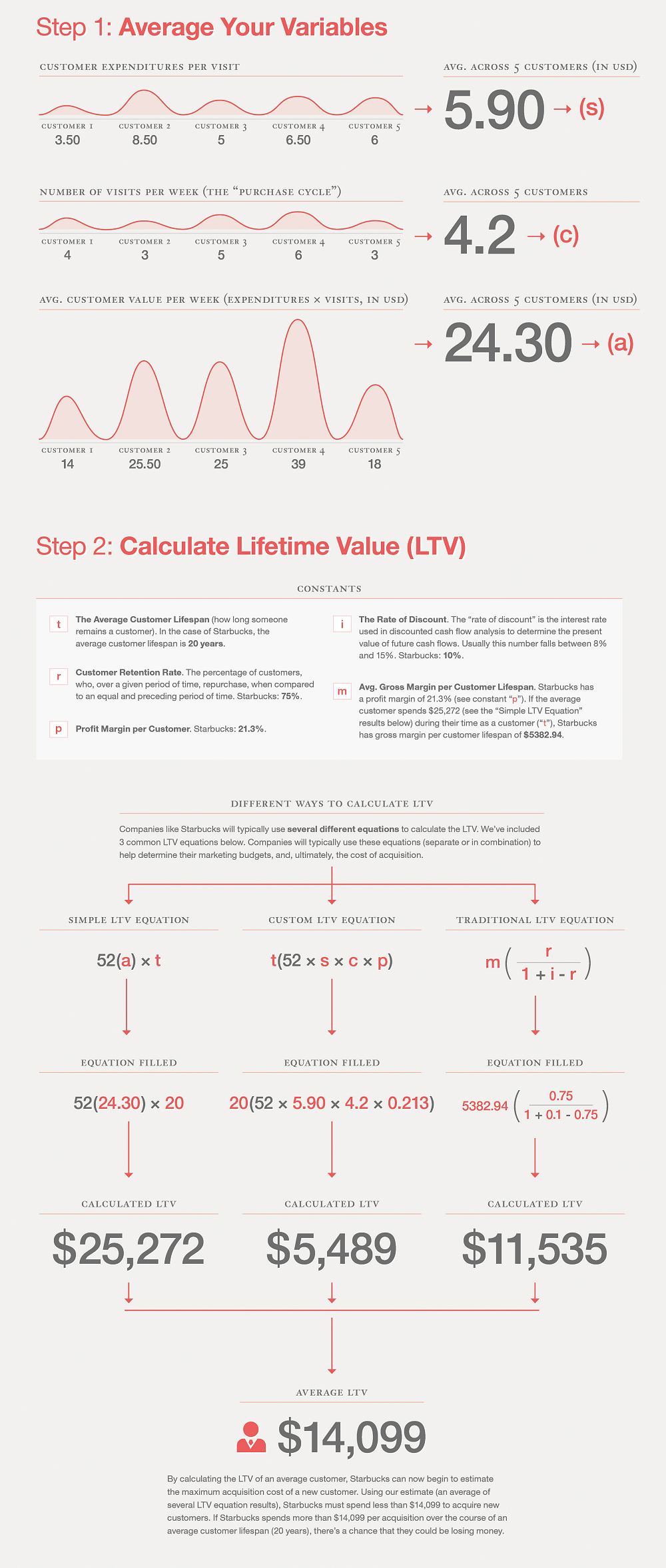
ROI is a metric used to define the effectiveness of an offline campaign, such as the cost of television or radio ads, and it’s been around long before the digital age of advertising. Since the inception of ROI, advertising has changed consistently. Today, ROAS (return on ad spend) has become the preferred method for determining the profitability of digital channels.
While the two are both significant, they offer different approaches to the world of digital advertising. Many digital advertisers are still confused as to which metric is the right one to use when configuring the overall profitability of their advertising campaigns. Swapping out ROAS for ROI or ROI for ROAS could make a significant difference in the amount of money you save on your campaigns and the efficiency of the decisions you reach.
If you are struggling to justify how effective your campaign is, then the tips below can help you make more informed choices regarding what works best for your specific needs.
ROAS: What Is It?
ROAS determines the average return on your overall advertising spending (i.e., the efficiency and profitability level of your current marketing channels). Thankfully, there is a simple formula that you can use to calculate ROAS.
Revenue/Expenses
Let’s say you currently oversee an e-commerce site for the online movie sales. To help get more traffic, you decide to use Google AdWords. After running a few campaigns, your traffic levels have dramatically increased, but down the road you start wondering just how successful those campaigns were…
Let’s assume that your campaigns helped you generate $12,000 monthly. As much as you would like to advertise your business for free, every medium has a price for using their services. So, let’s say that you spent $3,500 on AdWords for your advertising campaign. If you were to take this information and put it into the ROAS formula, then you would get: 12,000 / 3,500 = 3.42
What does this mean for you? Well, it means that for every dollar you spent, you earned $3.42 in profit. Not bad for advertising on just the one channel.
ROI: What Is It?
One of the biggest differences between ROAS and ROI is that ROAS is a ratio derived from comparing how much you spend to how much you earn, while ROI accounts for the amount you make after paying your expenses. The sole purpose of ROI is to determine whether the campaign is worth the investment or not. By taking the margin into account, you can quickly determine your overall profits and determine what your actual ROI is.
To calculate ROI, you should use the following formula:
(((Turnover x Margin Rate) – Expenses) / Expenses) x 100
If we were to go back to our original example and imagine that the business has a 20% margin rate, then our formula would look as follows:
(((12000 x 0.2) – 3500) / 3500) x 100 = -31.42%
While our previous result was a positive ROAS (which analyzes sales), our ROI now came out negative. After calculating the retail margin, you can easily see that the investment isn’t as profitable as you might have hoped.
Determining a Good ROAS and ROI
Acceptable ROAS will differ from one company to the next based on its individual profit margins, overall business health, and operating costs. While some companies might struggle to make ends meet with a ROAS of $10:$1, there are others who thrive with a ROAS of just $2:$1. A common goal to shoot for is $4:$1. By hitting this target, the ad campaign will not only be effective, but you will also be generating a decent amount of revenue.
When going through and calculating ROAS for your advertising campaign, there are a few things you need to factor into the equation:
- Vendor and Partner Costs – These costs encompass any commissions or fees paid out to vendors and partners working with you on the campaign, as well as the salaries of any in-house employees.
- Affiliate Commission Costs – These costs include payment transaction fees, network transaction fees, and commissions paid to affiliates on each sale.
- Returns from Impressions and Clicks Generated from Your Advertising Campaign – This includes things like the total number of impressions made by each individual advertising campaign, the cost for every thousand impressions, and the total cost per click.
These expenses are easy to forget, but it’s important that you don’t. Otherwise, you won’t reach an accurate idea of how efficient each campaign is.
Measuring ROI for Digital Advertising Campaigns
To measure ROI for mobile video ads, programmatic advertising, and native advertising, you can use the following soft metrics.
1. Mobile Video Ads
Mobile video ads are far more effective than a simple television advertisement. Because consumers view the mobile ad directly on their devices, you don’t have to worry about your audience trying to watch an ad on television with kids, pets, and other distractions around. With the help of these ads, you can increase traffic and boost brand awareness quickly and easily.
How to Measure ROI
When looking at how successful your mobile advertising campaign is, there are a few things to consider:
- Brand Awareness – First, determine how many people are looking for your website online. With the help of Google Trends, you can easily find the data that you need to transform your brand and gain recognition.
- Influence – When running a new ad, you need to know whether it is increasing your sales or not. By comparing the amount of traffic from your ad with the amount of sales, you can quickly determine if the campaign was worth the investment or not.
- Visibility – Monitor the overall placement of your advertisements and test them out to make sure you can view all of the ads on your device. You don’t want the ads to be hidden. If you can see them, that means any visitors to your site will be able to see them, as well.
- Mindshare – Even though there is no way to determine how often someone is going to talk about your brand with their family and friends, you can gauge how often people are discussing it based on any comments left on your videos. The number of times your video is shared will also help determine how successful your video is. Videos that are shared and commented on are typically considered successful.
2. Native Advertising
Native advertising provides users with a wealth of information that is easy to understand. Newspapers and magazines often use this type of advertising. If you visit Facebook, there is a good chance you have seen it at work there, as well.
Native Ad ROI
Measuring the ROI of native ads isn’t as simple as one might hope. Not only do you have to figure out how many click-throughs you had, but you also have to know what those clicks can do for your site.
- New Customers – To determine how many new customers you acquired, take the total click-throughs and divide it by the total individuals who submitted information on your website.
- Reputation – When creating an ad, you want to show that your company is someone who can be trusted. Make sure that the information presented highlights what you have to offer new customers.
- Branding – You can use Google Trends to determine how many people are searching for your individual brand versus just stumbling upon your site from a search engine query.
- Social Media Shares – You can typically find out how many people are sharing your content and talking about it on social media pretty quickly.
3. Programmatic Advertising
People spend a significant amount of money on programmatic advertising each year. According to eMarketer, programmatic ad spending will top $30B+ this year alone. You can change these ads out based on your company goals and who your target audience is. To incorporate this type of advertorial into your site, you will need software designed to accommodate the ads.

Programmatic Ads: Measuring Their ROI
For these ads to be effective, they have to be mapped consistently. And you have to focus on more than just click-throughs with these ads.
Overall brand recognition is also important. Take a look at how many times your brand is mentioned on social media; as you continue running your campaign, that number should rise.
As your brand makes its way across Google, you should notice the amount of traffic to your website increasing, as well.
Tracking these metrics can help you determine if your ads are working or if there are things that you need to change. Measuring ROI will help you drive engagement and increase sales.
How to Measure a Digital Marketing Campaign’s ROAS
How do you know how well an advertising campaign is performing right now? ROAS is a unique metric that can give campaign facts in real time. This helps marketers identify the most effective methods and adjust their campaigns as quickly as possible.
Learn Cost-Effective Advertising Solutions
Before you start tracking your overall performance, take the time to learn where your customers are and how they are finding you online. Consider one of these methods to gain insight into your traffic sources:
- Promotional codes, a different one for each traffic source.
- Conduct a survey after purchase.
- Use different phone numbers in advertisements.
- Create custom URLs that forward to your website.
- Develop HTML codes to track user history.
Learn the Value of a Customer
Before you can select an appropriate advertising method, you need to understand how much an average sale earns you. You also need to understand how much you will be spending to obtain that customer and compare costs of each acquisition method to develop a profitable campaign. Don’t forget to factor in long-term revenue when estimating a client’s value!

Seize Multiple Opportunities
Most people need to be exposed to an advertisement multiple times before they take any action. On average, people view a promotion seven times before taking the next step and contacting the company. This doesn’t just mean that digital marketers need to post a few advertisements, it also means that they need to explore multiple methods if they want to rope in new clients.
Identify the immediate needs of your typical customer. Then, find places to run a marketing campaign, tracking your efficiency as you go.
Things to consider when calculating success include:
- Total cost of campaign
- Labor and development costs (including time)
These factors are your ROAS and help determine the effectiveness of each advertisement.
Comparing ROI to ROAS
While calculating ROI is an important factor of marketing campaign development, it isn’t a tell-all. It won’t help you decide whether or not a campaign will be successful. ROAS does more than calculate potential profitability; it helps you identify more specific tactics that are proven to generate sales. These methods can be applied to various marketing efforts and can help you attract new customers for years to come.
ROAS, on the other hand, doesn’t calculate overall profitability like ROI does. Instead, it looks closer at methodology. To create the perfect digital advertising campaign, you should consider both ROI and ROAS, acting as quickly as possible to promote better returns.
Cover image: William Bout